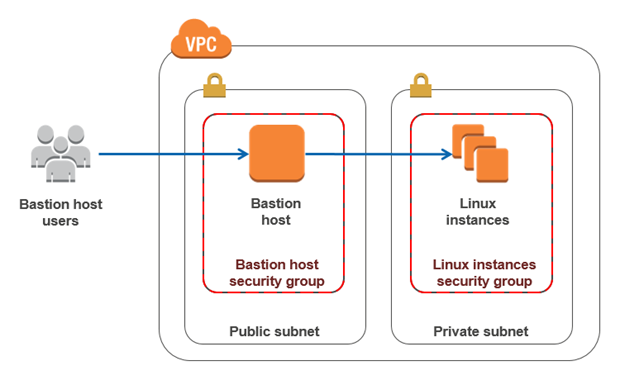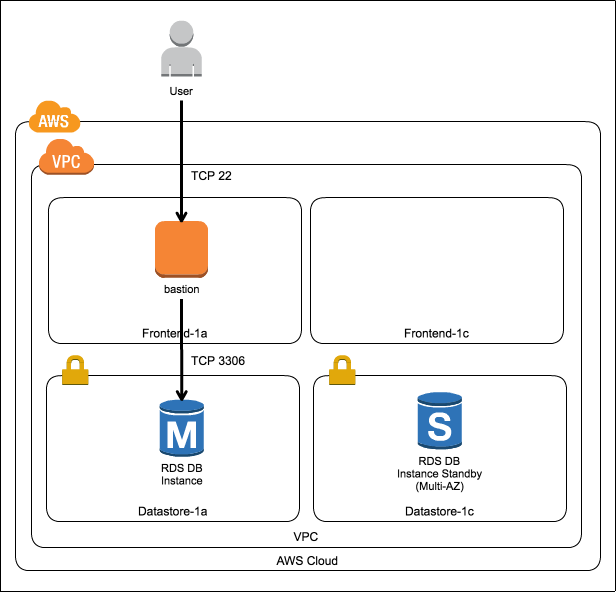

Navigate to the VPC dashboard and select Route Tables. We will create route tables so that our public subnets can reach the internet via the Internet gateway. The route table controls the inbound and outbound access for a subnet.

Follow the same to create a second NAT gateway ( chatwoot-nat-2) and choose the chatwoot-public-2 subnet.Navigate the VPC dashboard and select NAT gateways. For them to access the internet, we need to add NAT gateways to our public subnet and add a route from the private subnets. Select it from the internet gateways list, choose actions and then select Attach to VPC.Ĭhatwoot app servers need to be deployed in the private subnet.Select Create Internet Gateway, name it chatwoot-igw, and click create.After creating all subnets, enable auto assign public ipv4 address for public subnets under Actions > Subnet Settings.Select the chatwoot-vpc we created before, name it as chatwoot-public-1, select an availability zone (for example, ap-south-1a), and the CIDR block asįollow the same to create the remaining subnets. Make sure to have them in different AZ's and have non-overlapping CIDR ranges.Ĭlick on Create Subnet. Leave the rest of the options as default and click on Create VPC.Ĭreate two public and private subnets in the vpc we created.At the name tag, enterĬhatwoot-vpc and use the CIDR block 10.0.0.0/16. Navigate to the VPC console and create a new vpc for chatwoot.Sign in to the AWS console and pick the region you will deploy.This guide will follow a standard 3-tier architecture on AWS. Of managed AWS services for the same viz Elasticache, RDS, and ALB. Relying on Redis, Postgres and Nginx installed in the same ec2 we will proceed to make use We will use the Linux installation script to get a chatwoot instance running. For a cloud-native deployment, use our helm charts with AWS Elastic Kubernetes Service(EKS). The following is a reference HA architecture guide for deploying Chatwoot on AWS.


 0 kommentar(er)
0 kommentar(er)
